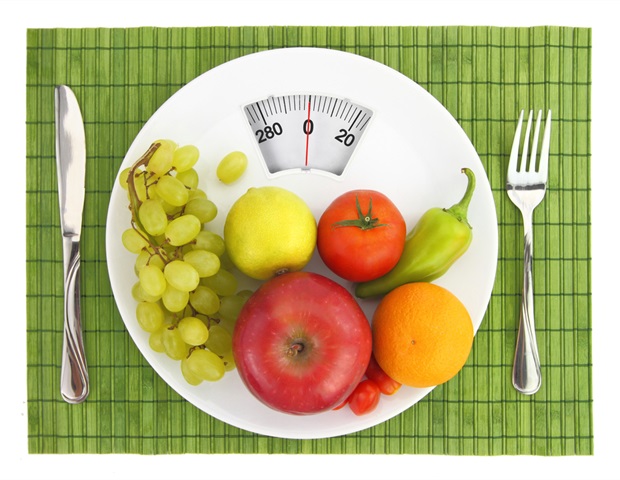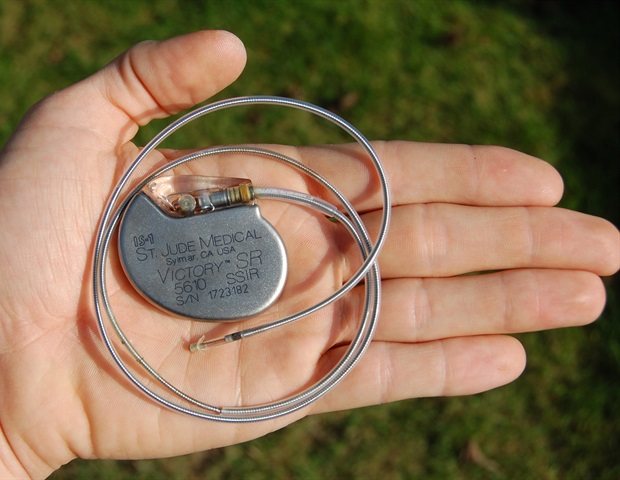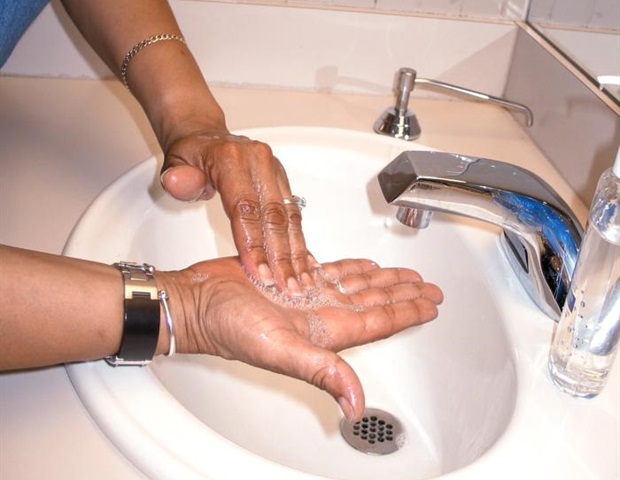
Putting less sugar in sodas and reducing the package size of sodas sold in supermarkets may help reduce our collective sugar intake and thus lower the associated health risks. Good news for consumers, but how does it affect manufacturers? Research conducted in the US has shown that marketing diet or sugar-free varieties does not lead to an increase in the overall turnover of soda manufacturers. This is because consumers tend to switch from sugary to sugar-free versions of the same brand. However, reducing the package size of soda does have a positive effect on the sales figures of the brand as a whole. These are the findings of a new study by marketing researchers Jonne Guyt (UvA) and Kristopher Keller (University of North Carolina at Chapel Hill), based on US data. The findings are about to be published in the Journal of Marketing.
Excess sugar consumption is a problem all over the world. It can lead to a number of health issues, including diabetes and cardiovascular disease, resulting in an increased burden on the healthcare system. ‘Companies like PepsiCo have reduced the sugar content of their products over the years, in addition to marketing their best-known brands in smaller packages ever more frequently. Although this has not reduced the average sugar content, the consumer’s sugar intake per product has gone down in absolute terms’, Guyt explains. ‘Soda manufacturers are having to strike a balance between reducing their products’ sugar content on the one hand and maintaining or growing their turnover on the other. This can be difficult to achieve if consumers reject less sugary alternatives.’ Using data from the US, Guyt and Keller investigated whether the sugar content reduction strategies of soda manufacturers had an effect on sales – and if so, under which circumstances.
Cannibalization
‘While reducing the sugar content of sodas leads to lower sugar consumption, replacing a sugary drink with a new diet or sugar-free version tends not to make a difference to the producer’s bottom line’, Guyt says. ‘This is because of brand cannibalization: the increased sales of the new diet version and the reduced sales of the sugary version of the same drink cancel each other out. Clearly, this is good news for consumers from a health standpoint, but less appealing when it comes to the brands’ overall results. They benefit more from selling sugary drinks. However, we found that marketing the new drinks in smaller packages – like what the Americans call “mini cans” of 7.5 and 8 fl oz (around 240 ml) – does lead to an increase in the brands’ overall sales figures. This can be explained by the fact that these packages are as popular among consumers as the larger packages of competing brands that they used to buy. Overall, it is a win-win situation for consumers and producers alike.’
‘Fun’ instead of ‘healthy’
Among the other findings was the significant role played by a brand’s product strategy. The researchers discovered that sodas with less sugar sold better when they were marketed with an enjoyment claim, such as ‘sweetened with sugar’, and worse when marketed with a health claim, such as ‘no sugar’. These products also sold better when marketed under the parent brand compared to a subordinate brand. Keller: ‘Sugar content reduction efforts are noticeably more effective when not too much attention is drawn to them. Coca-Cola’s Zero Sugar product range is a good example of this. In 2021, the range was redesigned to make it look more like “regular” Coca-Cola, as opposed to the Coca-Cola Zero of before.’ Smaller packages also work better when marketed as a fun, high-quality alternative instead of a healthier one. Sales figures increase even further when smaller packages are sold as single products rather than as part of a multi-pack.
Not as mini as it sounds
Guyt and Keller analyzed sales figures for almost 130,000 newly launched sodas produced by around 80 brands and sold in US supermarkets over a period of 11 years. They enriched the data with information about the sugar content of the various sodas. In addition, they looked at the brands’ product strategies: labeling (enjoyment or health claim), branding (parent or subsidiary brand) and packaging format (single product or multi-pack).
Guyt: ‘The packages used in the US are larger than those used over here. For instance, what they call a “mini size” of 8 fl oz is almost 240 ml, while most of the cans sold in Dutch supermarkets nowadays are 250 ml and Dutch mini packages are a mere 150 ml. Americans also buy many more products in bulk compared to Dutch consumers.’ As a consequence, applying the findings directly to the Dutch situation requires caution. Nevertheless, Guyt believes they can be useful here as well. ‘We know that sodas are not the healthiest choice, yet people keep consuming them in large numbers. My hope is that our study will raise awareness among both consumers and producers.’
Source:
Universiteit van Amsterdam (UVA)
Journal reference:
Keller, K. O., & Guyt, J. Y., (2023). EXPRESS: A War on Sugar? Effects of Reduced Sugar Content and Package Size in the Soda Category. Journal of Marketing. doi.org/10.1177/00222429231152181









